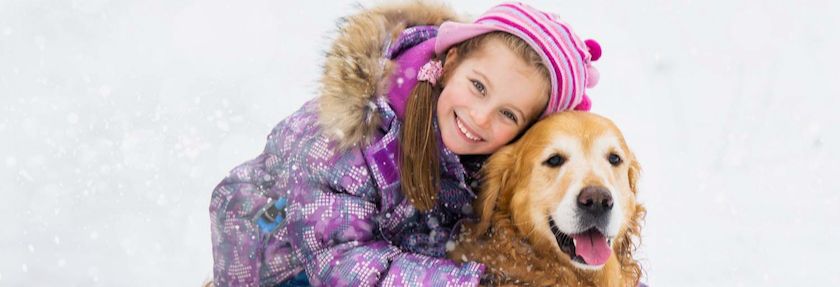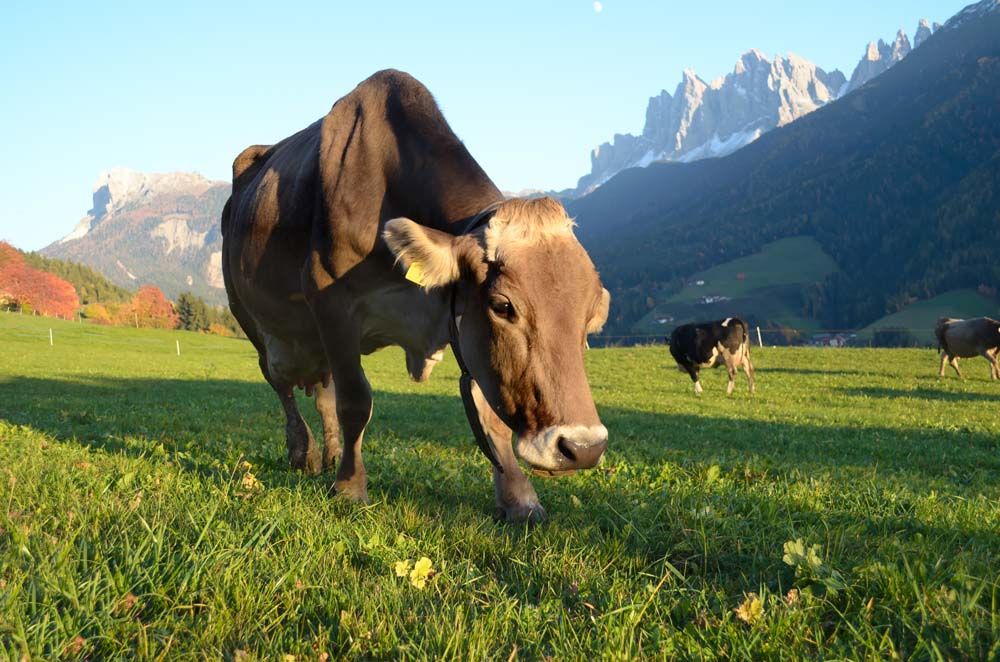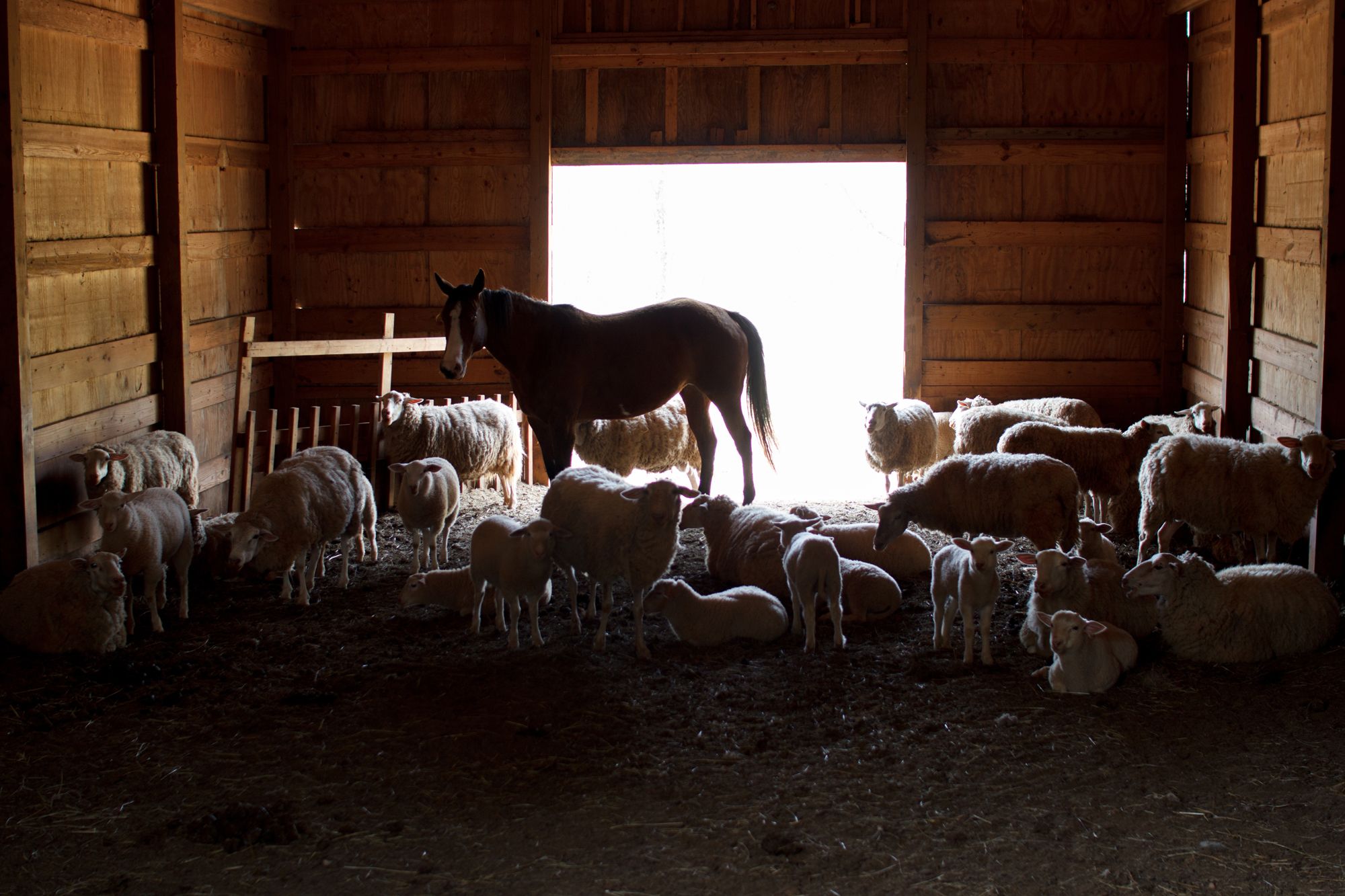Livestock from the Shetland Islands
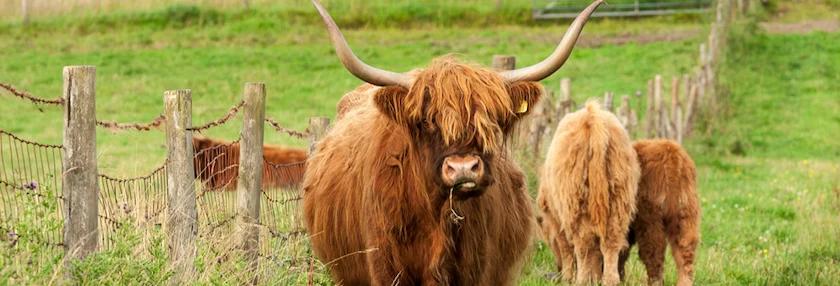

More than just little ponies
Situated north of Scotland and just shy of the Arctic Circle, the Shetland Islands form a remote group of hilly landmasses that have been occupied by humans since ancient times. Over the centuries, the farmers of the Shetland Islands worked to domesticate several unique varieties of livestock.
Today, some of these are common—like the Shetland pony—while others are rare—like the Shetland duck—and one is so rare that it doesn’t actually exist anymore. Let’s take a look at what the remote Shetland Islands have given the world in terms of livestock breeds.
Shetland sheep
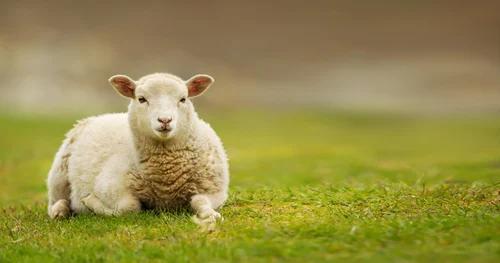
A tough, hardy breed of sheep that has existed on the Shetland Islands for more than a millennium, Shetland sheep provide a fine wool that is prized for its quality and large variety of colors. Shetland sheep are small sheep that mature slowly, but they’re “easy keepers” thanks to their development in the rugged conditions of the Shetland Islands.
Shetland cattle
Hardy Shetland cattle possibly date back to Viking times, though the breed has been subsequently outcrossed with other cattle breeds. Notably small but resilient, Shetland cattle forage well on even sparse pasture and are useable as a fine dual-purpose breed, suitable for meat or milk. They were used on small homesteads on the Shetland Islands, and there’s no reason they couldn’t fill this role on your hobby farm today.
Shetland sheepdog
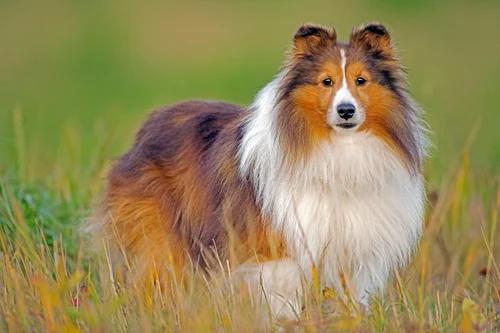
Affectionately known as a “Sheltie,” the Shetland Sheepdog is a medium-sized dog with an appearance somewhat similar to a Collie, just in a smaller package. These are loveable, happy dogs that are eager to please their humans and enjoy exercise. If you have use for an actual herding dog on your homestead (maybe you have Shetland sheep?), Shelties will happily oblige, but even if you’re simply looking for a pet, Shelties will bring an energy and drive to whatever training challenge or fun game you have in mind.
Shetland geese
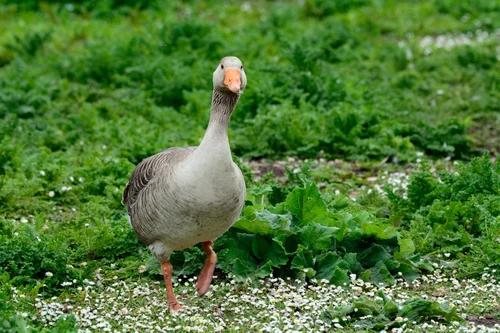
Shetland geese are another product of the challenging island conditions. Like Shetland sheep, Shetland geese are on the small side and mature slowly, but they’re a hardy bird and do well in harsh climates—they’re especially good at foraging, even in snow. They were used alongside sheep by Shetland farmers in a kind of symbiotic fashion, with the Shetland geese grazing on pastures first and removing some unwanted parasites before rotating with the sheep. Shetland geese have a small presence in the U.S., although the gene pool is small and the breed is not yet recognized by the American Poultry Association.
Shetland pony
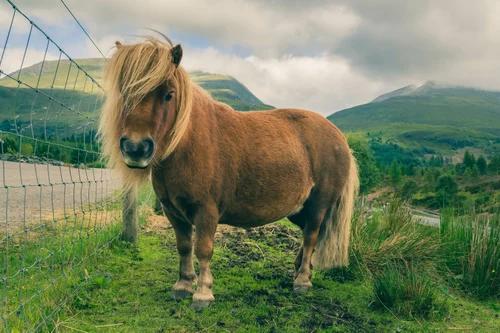
Beloved by countless families as a first pony for their children, Shetland ponies are short, even a little chubby, furry, and fun. Standing at a maximum height of only 42 inches at the withers, Shetland ponies were used in coal mines during the 1800s, but have since switched to careers as pets, show ponies, or BFFs for young equestrians. As far as equines go, Shetland ponies are relatively inexpensive to care for, as many individuals are “easy keepers,” easily staying in good weight.
Shetland duck
Another probable Viking contribution, the attractive dark-feathered Shetland duck is critically endangered today, which is a shame considering the duck’s natural hardiness, docile nature, good foraging habits, and large eggs. They’re a small duck, but one worth preserving for the future.
Shetland…pigs?
Once upon a time, there was something known as a Shetland pig (called a “grice” or “highland pig”), but they’re now extinct. And even if there were a modern supply of these swine, you might think twice before owning one yourself, as the tusked grice was a notoriously difficult pig, with an aggressive streak and a passion for widespread landscape destruction. While they were undoubtedly useful to the farmers of the Shetland Islands (where the pigs survived into the 1930s), eventually a move towards more domesticated swine led to the grice’s extinction.
***
As you can see, you could outfit your acreage with an entire menagerie of livestock without ever going beyond breeds from the Shetland Islands. Which one will you choose first?
About the author
Samantha Johnson is a writer, farm girl, and the author of more than a dozen books on rural living. She lives on a farm in northern Wisconsin with a colorful herd of Welsh Mountain Ponies, a bossy Welsh Corgi, and a wide assortment of tomato plants. View her portfolio at samanthajohnson.contently.com
Visit the Islands of Opportunity: https://www.shetland.org/
Learn more about Shetland agriculture
Tags:Country Critters

Acreage Life is part of the Catalyst Communications Network publication family.













